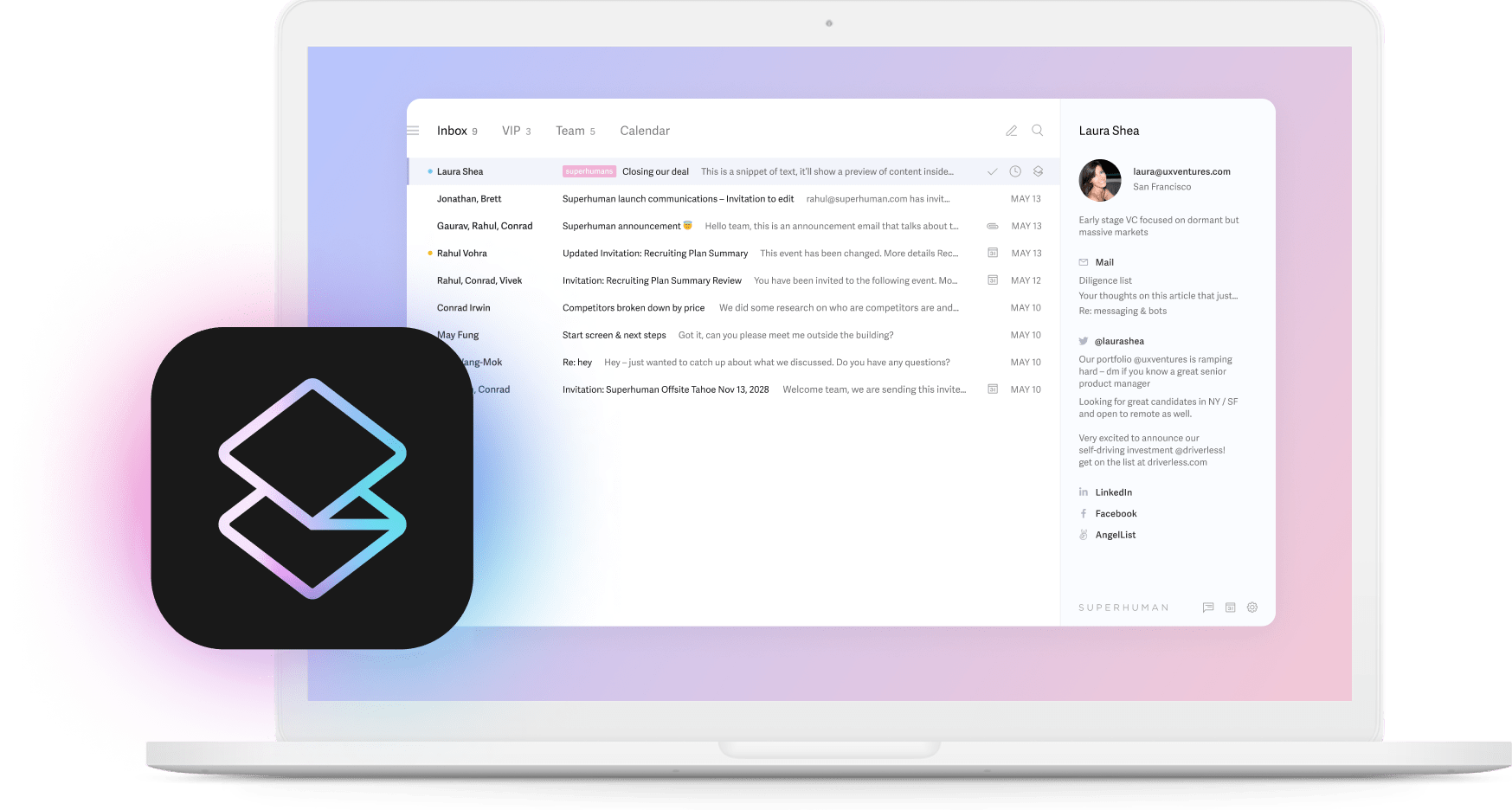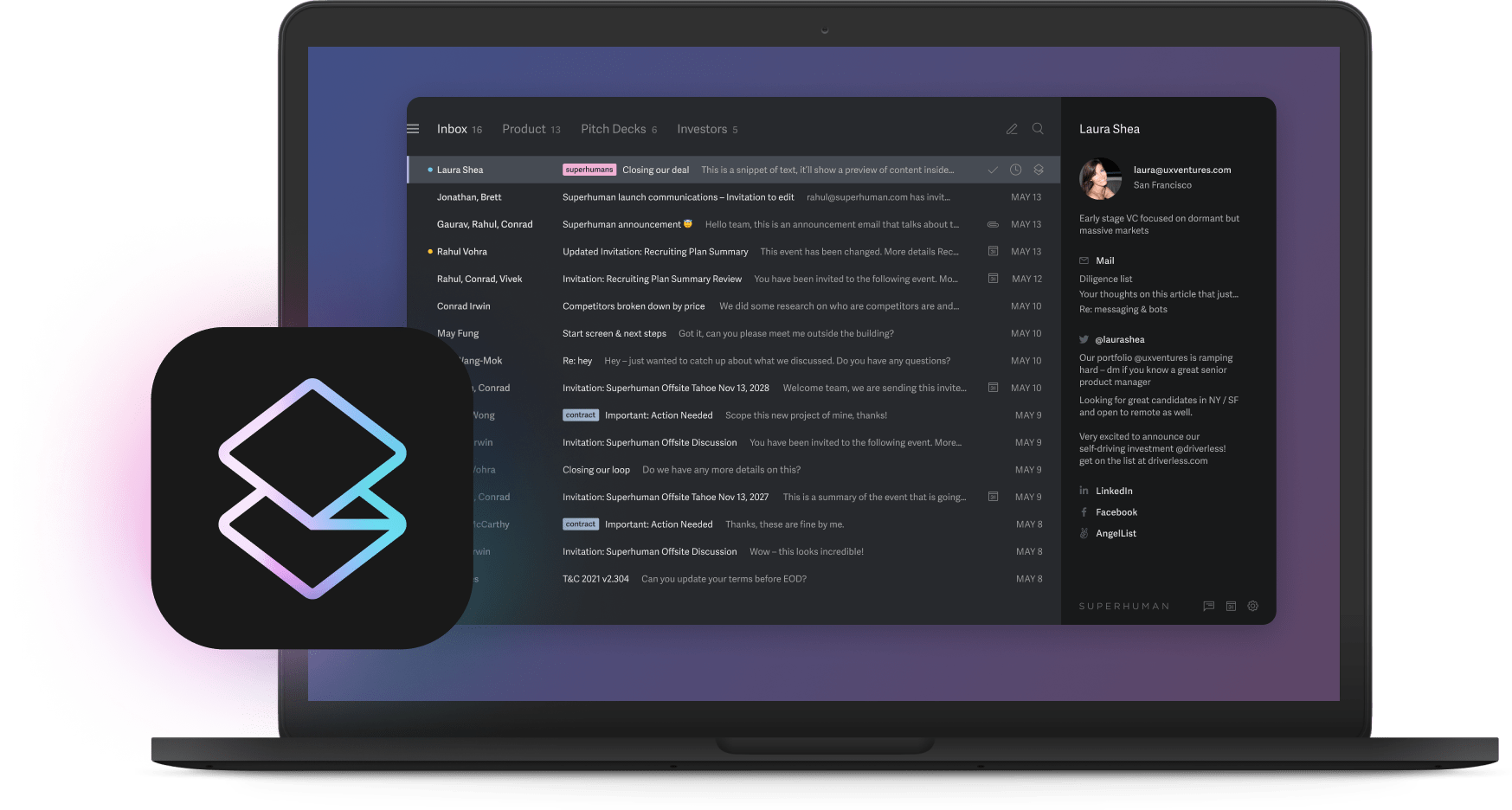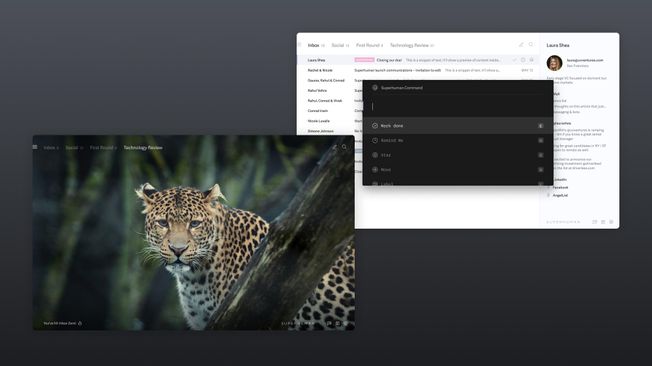
Your team makes decisions 3-5 days slower than they should. Information lives scattered across docs, Slack threads, and spreadsheets, turning simple approvals into week-long ordeals. While teams everywhere scramble to adopt AI-native collaboration tools, most still waste hours jumping between apps daily.
The stakes keep climbing because companies using AI-native collaboration see productivity gains when faster decisions drive real growth.
This guide cuts through the noise to spotlight platforms that eliminate context switching, surface critical information instantly, and help fast-growth companies move from idea to action.
What are collaborative AI tools?
Collaborative AI tools are software platforms that integrate artificial intelligence capabilities into team workflows to accelerate productivity. These tools synthesize information from multiple sources, automate routine coordination tasks, and surface relevant insights at the moment teams need them.
Unlike standalone AI assistants that operate in isolation, collaborative AI tools connect to existing workplace applications through APIs, allowing them to access context from email, project management boards, documents, and communication channels.
They function as an intelligence layer that sits across the technology stack, reducing the time teams spend searching for information and coordinating decisions.
The decision velocity crisis: Why teams can't move fast enough
You probably feel the drag every day. A decision that should close today stretches into next week, with enterprise choices routinely stalling 3-5 days beyond what the work actually requires.
Those extra days compound fast when every tool switch steals your focus. Each jump between apps costs 23 minutes to regain full concentration, and that penalty stacks up dozens of times daily.
Knowledge workers now lose 2.5 hours daily searching for information. Multiply that by team size and average salary, and you're looking at millions in costs. Information silos make this worse for high-growth teams.
New hires, new tools, global time zones scatter context across channels, turning simple approvals into multi-day scavenger hunts.
According to our State of Productivity AI report, teams using AI save at least one full workday every single week. Collaborative AI tools solve this fragmentation problem by stitching conversations, documents, and tasks into one intelligence layer.
Why fast-growth companies need collaborative AI tools now
Every extra day spent aligning stakeholders ripples through pipelines, kills momentum, and hands competitors an edge. According to our report, industry-leading companies are 3x more likely to report significant productivity gains from AI.
When headcount doubles in a year, several challenges emerge:
- New teams pop up everywhere with scattered information across dozens of apps
- Leaders spend their days hunting for updates across time zones
- VC-backed firms juggle investor checkpoints, product roadmaps, and customer escalations
- Professional services teams balance billable hours with internal knowledge sharing
- Finance teams sync global portfolios around the clock
Smart collaboration platforms fix this by surfacing the right data, routing it to the right person, and logging every action so knowledge sticks no matter how fast the org chart changes.
The cost of waiting keeps climbing through lost deals when proposals stall, delayed launches that miss market windows, and talent walking out the door because they're drowning in context switching.
You're not deciding whether to adopt these AI tools anymore. You're deciding how quickly you can get them running before someone else beats you to the next opportunity.
Top collaborative AI tools in 2025: Solving the fragmentation crisis
Slow decisions usually come from scattered data and constant context switching. AI-native collaboration platforms fix this by pulling conversations, files, and action items into one flow. The five tools below have emerged as the fastest way to turn discussion into action.
Superhuman
Superhuman is an AI-native email platform built for speed. Split Inbox sorts incoming email so urgent conversations surface first. Auto Summarize turns long threads into a few crisp sentences, while Instant Reply drafts full messages from a short prompt that matches your tone. Shared Conversations let teammates jump in without forwarding chains.
These features help teams save 4 hours every single week, respond 12 hours faster, and double the number of emails handled in the same time.
Coda
Coda combines the flexibility of a doc with the structure of a database. Its AI writes first drafts, fills tables, and suggests next steps based on real-time data pulled from packs that connect Slack, Jira, Salesforce, and more. Teams build living dashboards that auto-update when any linked source changes.
Decision frameworks, voting tables, and automated reminders live in the same place, shrinking review cycles and giving everyone a single source of truth.
Grammarly
Grammarly has moved far beyond grammar. The platform now acts as an intelligence layer that checks clarity, tone, and brand consistency across every channel. Team style guides make sure pitches, proposals, and support replies sound unified.
Because the suggestions appear directly inside email, documents, or chat, your team spends less time rewriting and fewer threads chasing clarification.
Prompts.ai
Prompts.ai lets you build custom AI agents that follow repeatable decision paths, no code required. Start with a template for tasks like product prioritization or customer escalation, tweak the prompt chain, then trigger it from Slack or a ticketing system.
Each run documents the reasoning and outcome, feeding a knowledge base that improves future calls. Deep integrations through API or Zapier push results into CRM records, project boards, or analytics tools.
Zoom AI Companion
Zoom AI Companion turns meetings into actionable records. While you talk, it creates live summaries, flags open questions, and assigns owners. After the call, action items show up in chat threads and project tasks without manual note-taking.
The tool threads context across recurring meetings, so your team starts each session with a recap of last week's decisions.
Key features decision-makers should evaluate
Start with one goal: pick an AI tool that removes friction instead of creating another tab to check. You want cross-tool intelligence that pulls email, chat, and project data into one view.
Make sure the tool works where your team already spends their day. You need integrations and open APIs that let you trigger AI actions inside Slack, Jira, or Google Docs. If your team spans time zones, features like automatic meeting summaries and real-time translation keep projects moving.
Decision audit trails protect you down the road. Consider these evaluation criteria:
- Integration depth with your existing tech stack
- Time to value (how quickly teams see productivity gains)
- Security certifications and compliance standards
- Customization options for your specific workflows
- Vendor track record and customer support quality
Customizable AI agents make the biggest difference. These agentic assistants can learn your team's playbooks and handle routine decisions without developer help.
Commercial value & ROI: The mathematics of faster decisions
When you cut decision cycles from days to hours, high-growth teams see meaningful productivity improvements that translate into revenue growth once efficiency scales across workflows.
According to our AI productivity report, top performers are 60% more likely to use AI assistants multiple times daily compared to lower performers.
Calculating your own upside is straightforward. Plug in a conservative two hours saved daily, an average loaded rate of $60, and a 100-person team. The math shows thousands of dollars in yearly capacity you can redirect toward product, sales, or customer success.
Implementation roadmap: From pilot to full adoption
Move fast, start small, then scale with confidence. This twelve-week roadmap helps you roll out collaborative AI tools without slowing daily work.
Weeks 1-2: Pilot selection Find the workflow that slows decisions the most. Product launch approvals, customer escalations, quarter-end forecasting. Pull data on cycle time and missed deadlines, then choose a single flow with clear metrics you can measure. Recruit five to ten power users who already shape that process.
Weeks 3-4: Integration and training Connect the AI tool to email, chat, and project systems so context lands where teams already work. Use out-of-the-box connectors first. Build a simple dashboard that tracks decision cycle time, meetings per decision, and context-switch counts. Keep training role-specific by walking through one real task.
Weeks 5-8: Pilot execution Run every instance of your chosen workflow through the tool. Track daily usage, capture friction, and ship weekly tweaks. A five-minute Friday huddle keeps momentum and surfaces blockers quickly. This iterative approach turns early stumbles into product fit while trust is still high.
Weeks 9-12: Scaling strategy With metrics trending up, expand to an entire department. Document what worked, record quick demo videos, and publish a "how we decide faster" guide. Nominate internal champions in each team to handle daily questions.
Beyond 90 days: Enterprise rollout Expand cross-functionally once two departments show consistent gains. Layer on advanced automations like auto-routed approvals and predictive risk alerts. Executive sponsorship must stay visible through fifteen-minute monthly reviews that secure resources and remove roadblocks.
How to choose the right AI collaboration platform for your team
Every day you wait, your team falls further behind. Teams using Superhuman are already saving 4 hours per week and responding 12 hours faster. The productivity revolution is happening now, and most professionals expect AI to drive at least a 3x increase in productivity over the next five years.
Download the State of Productivity AI report to see exactly how top-performing teams are implementing these tools. You'll get benchmarks, ROI calculations, and a 90-day rollout plan.





